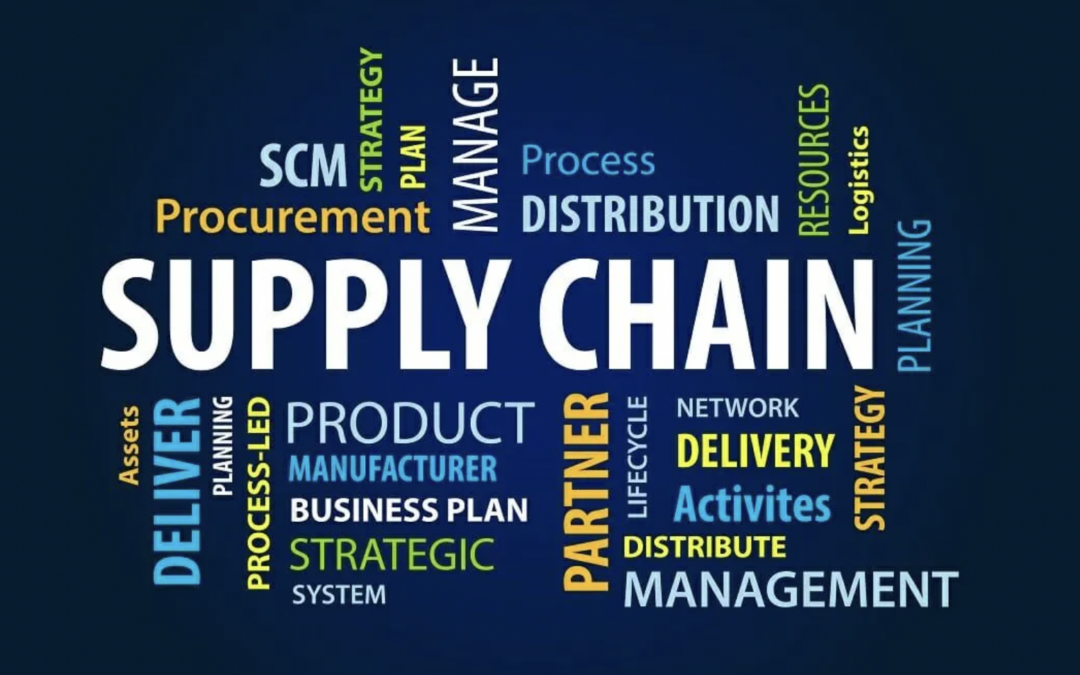A new study by R.R. Donnelley & Sons Company (RRD) reveals 93 percent of supply chain leaders are at least somewhat confident in their supply chain’s resilience against future disruptions, with the majority (66 percent) feeling very confident.
Despite recent challenges like geopolitical instability alongside the lingering effects of the Covid-19 pandemic, the report highlights key strategies businesses are using to build stronger, more adaptive supply chains. The report also shows that nearly all supply chain leaders (97 percent) plan to re-engineer their supply chains within the next two years, with 30 percent planning a “total and complete re-engineering.”
RRD’s Future-Ready Supply Chain Report, the company’s second-annual supply chain industry report, compares how more than 300 supply chain decision-makers are approaching these challenges.
Today, supply chain leaders are under immense pressure to build resilient operations capable of weathering various disruptions. The report highlights four key areas where organizations are focusing their efforts: risk management, technology adoption and innovation, supply chain re-engineering, and outsourcing partnerships.
“Supply chain leaders are not just adapting, they are completely transforming their approaches to secure a more stable future,” said John Marrow, President, Supply Chain Solutions, RRD.
While a shortage in human talent and domestic supply chain disruptions are prominent concerns, the report found that inflation and price fluctuations stand out as what managers consider their biggest challenges for the near future.
Supply chain leaders are responding to risk by implementing more conventional diversification strategies, including:
• Developing new relationships with alternative suppliers (69 percent of respondents)
• Increasing sourcing from domestic suppliers (67 percent)
• Dual sourcing with suppliers who are geographically dispersed (52 percent).
To proactively manage risks, nearly half (48 percent) of respondents report that they are “constantly” updating their formal evaluation of supply chain risk.
Artificial Intelligence (AI) is gaining traction, but RRD’s latest report finds supply chain leaders are investing more in other technologies, including real-time visibility, scanning codes, the Internet of Things, and predictive analytics. When leveraging AI, decision-makers reported using the technology in their supply chain activities for purposes including: supply forecasting (59 percent of respondents using AI); visibility and tracking (56 percent); and optimizing operations (56 percent).
For 2025, 57 percent of respondents also reported considering the use of AI for demand forecasting to enhance kitting. To improve the responsiveness of their fulfillment operations, the majority of respondents (60 percent) plan to implement advanced order management systems as their top strategy over the next two years.
As supply chain leaders work to innovate their supply chains, sustainability continues to be a point of focus for many. Among respondents listing sustainability as an activity their organization is pursuing in the future, the top three focus areas included logistics (50 percent), sourcing of components (41 percent) and/or raw materials, and supplier relationships (41 percent).
Amidst a variety of challenges, including rising costs and escalating customer demands, RRD’s report shows that the majority of leaders are looking to overhaul their supply chain. The data showed top reasons for re-engineering included customer demand for a wider range of products (43 percent of those re-engineering), rising transportation costs (42 percent), and enhanced supply chain visibility and control (42 percent).
Supply chain leaders also shared that their top obstacles to supply chain re-engineering include high upfront costs, potential disruption to their current operations, and integration challenges with existing systems.
Outsourcing is becoming a strategic tool for organizations seeking to increase speed, scale, and better quality. Over the next two years, 63 percent of respondents expect their organization to outsource more of its production processes. Speed is the primary reason top-performing companies outsource, though concerns over rising material costs and quality control remain prominent.






